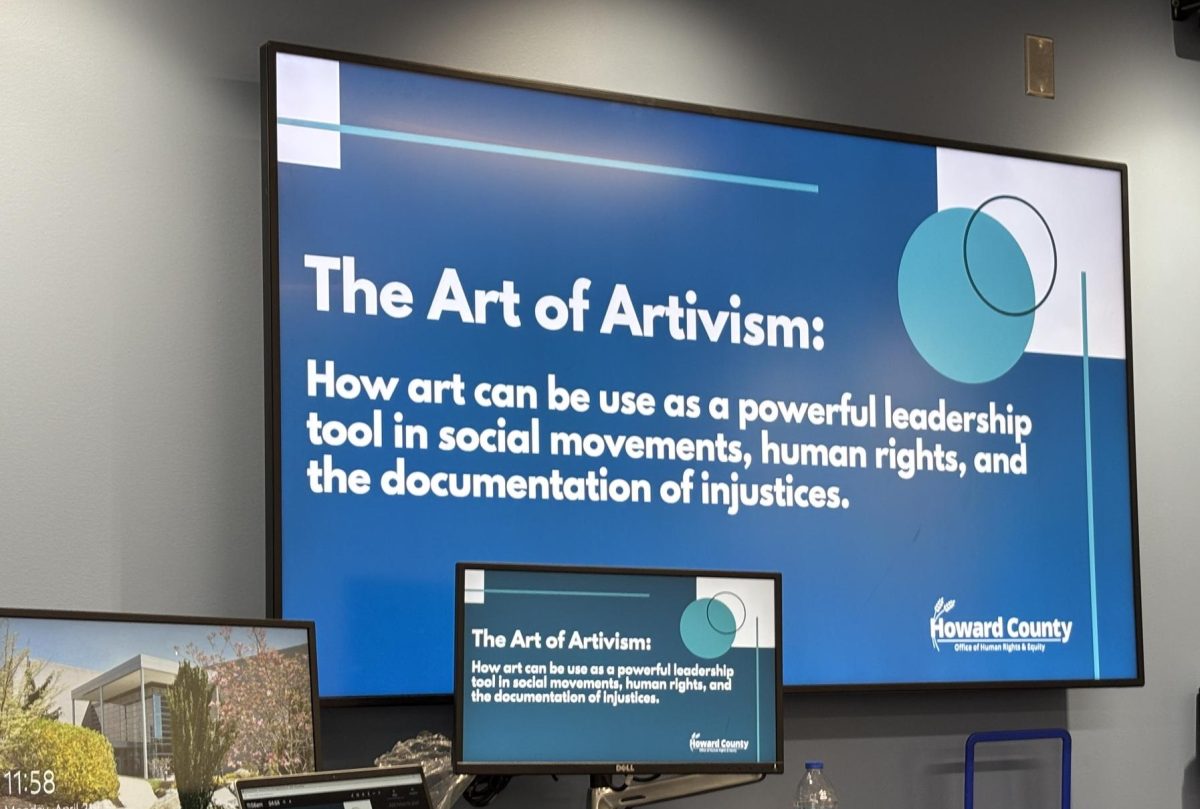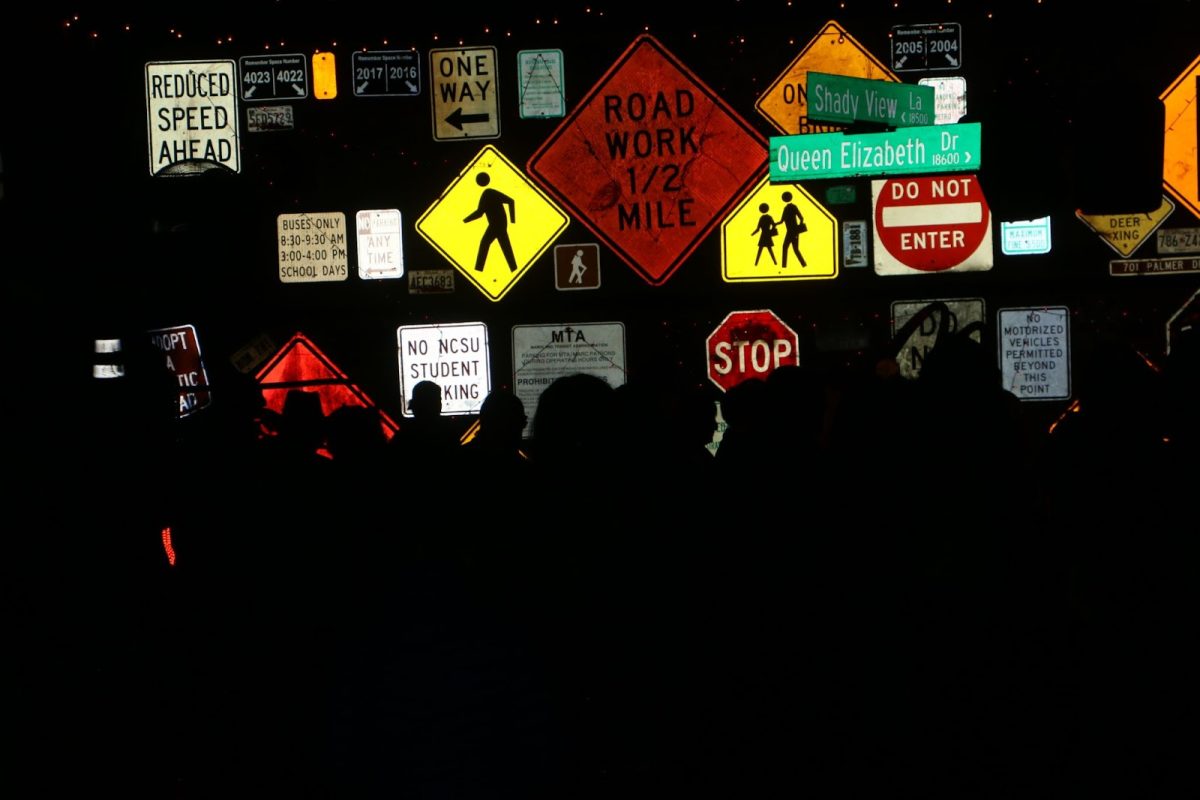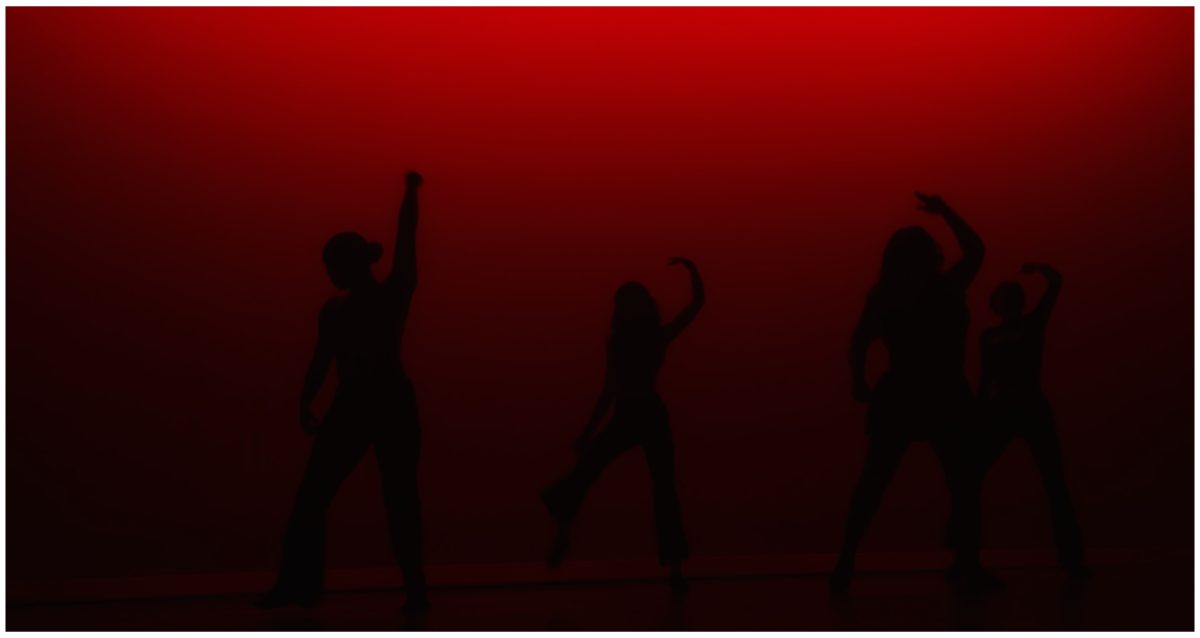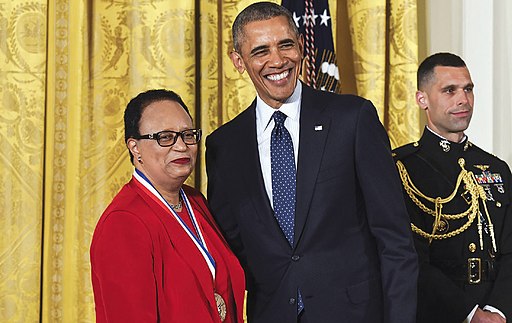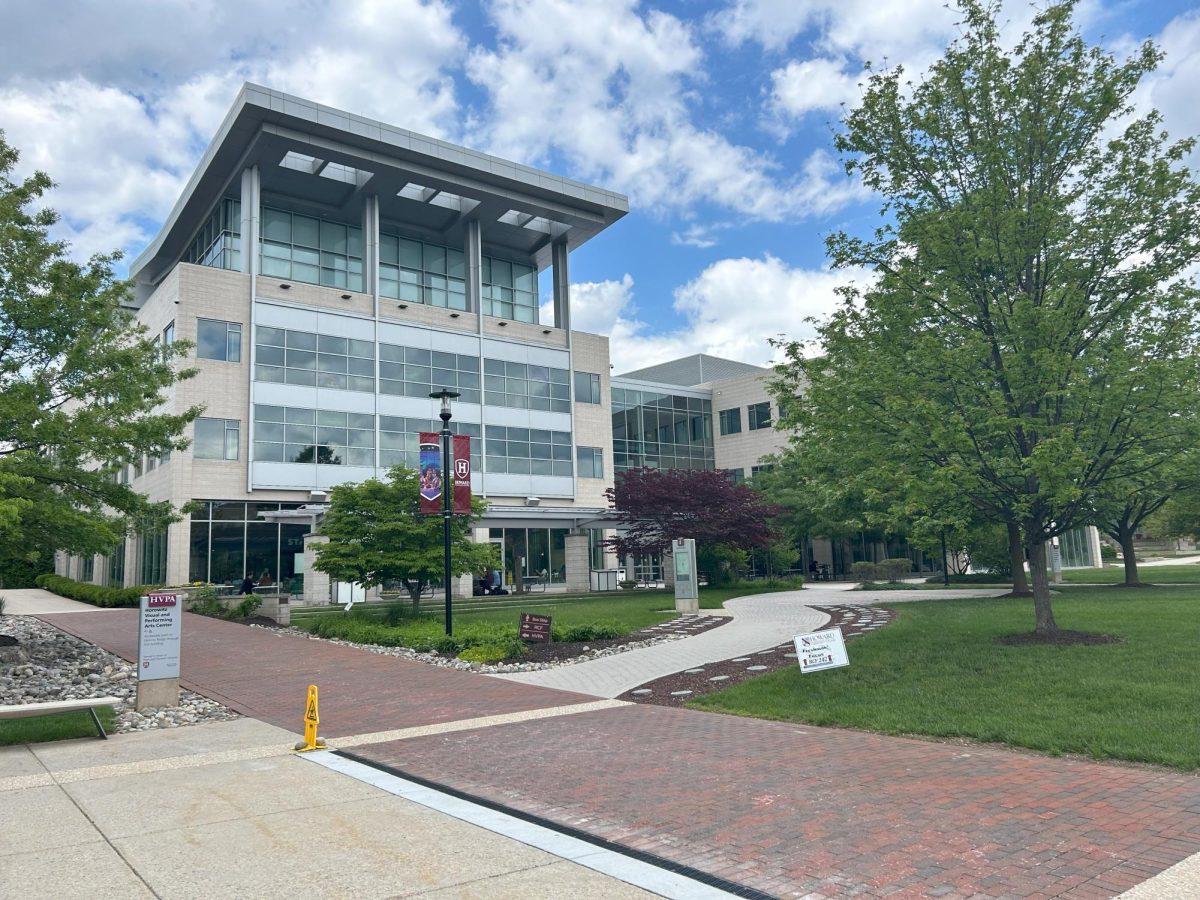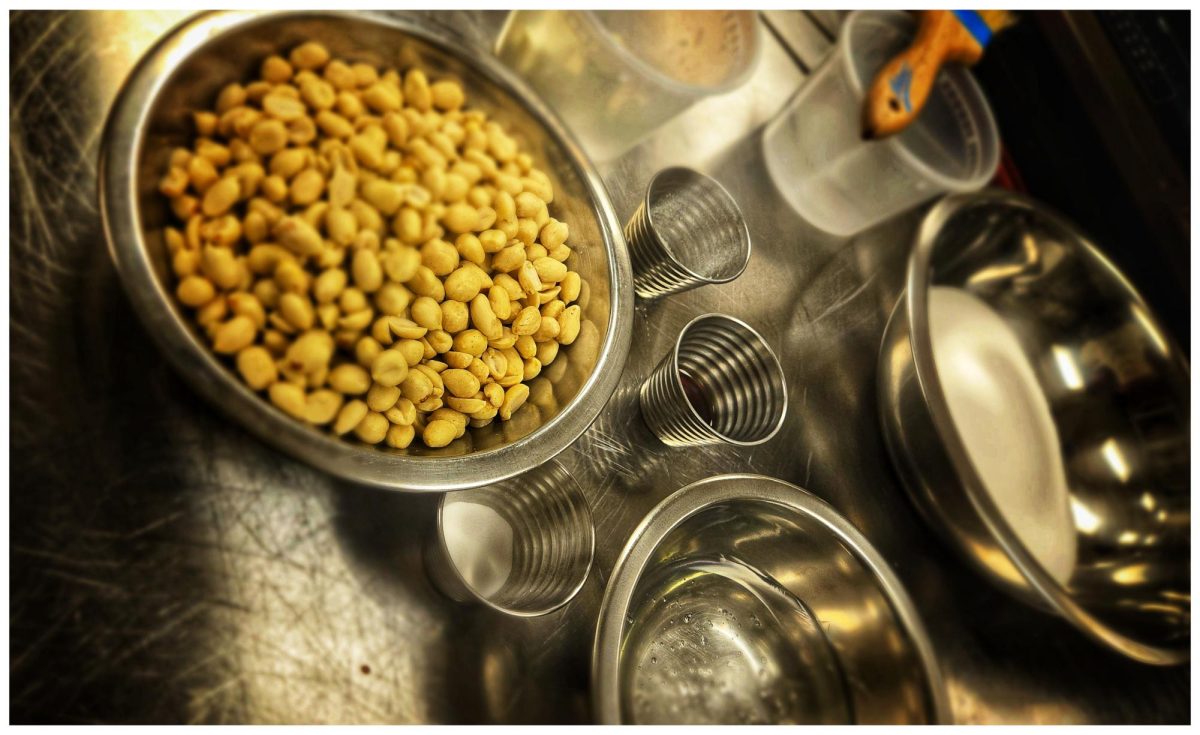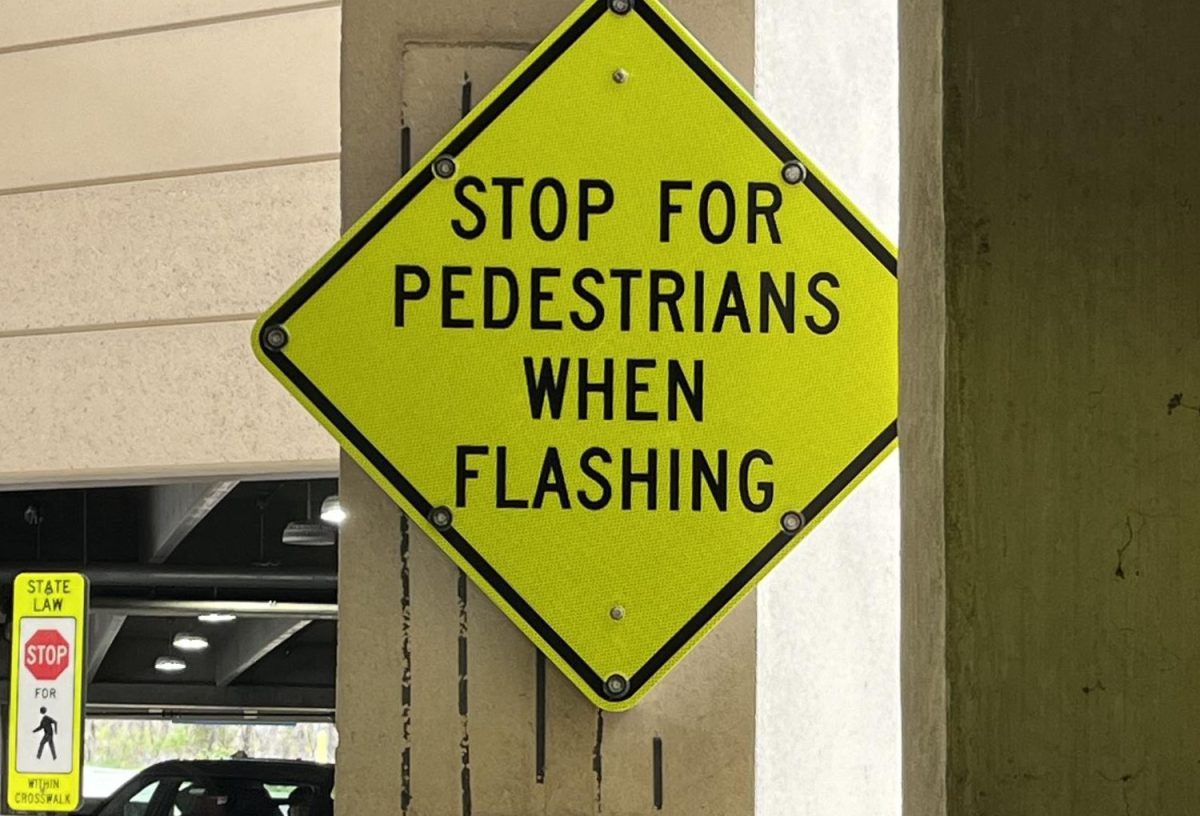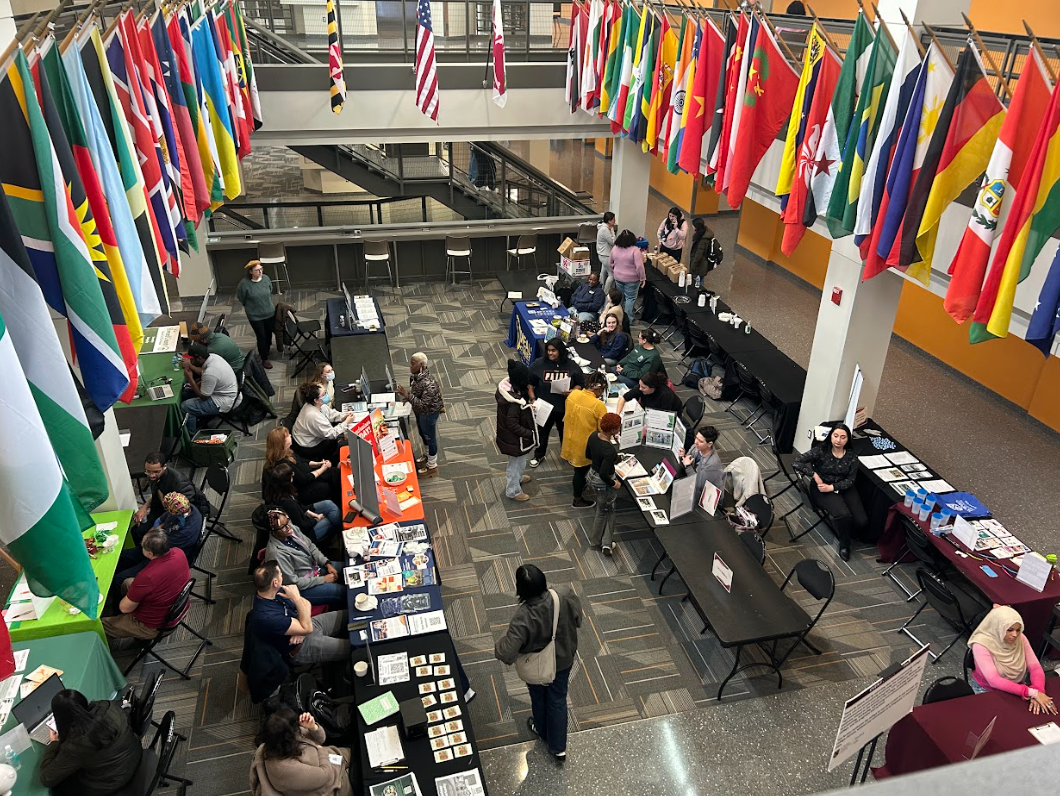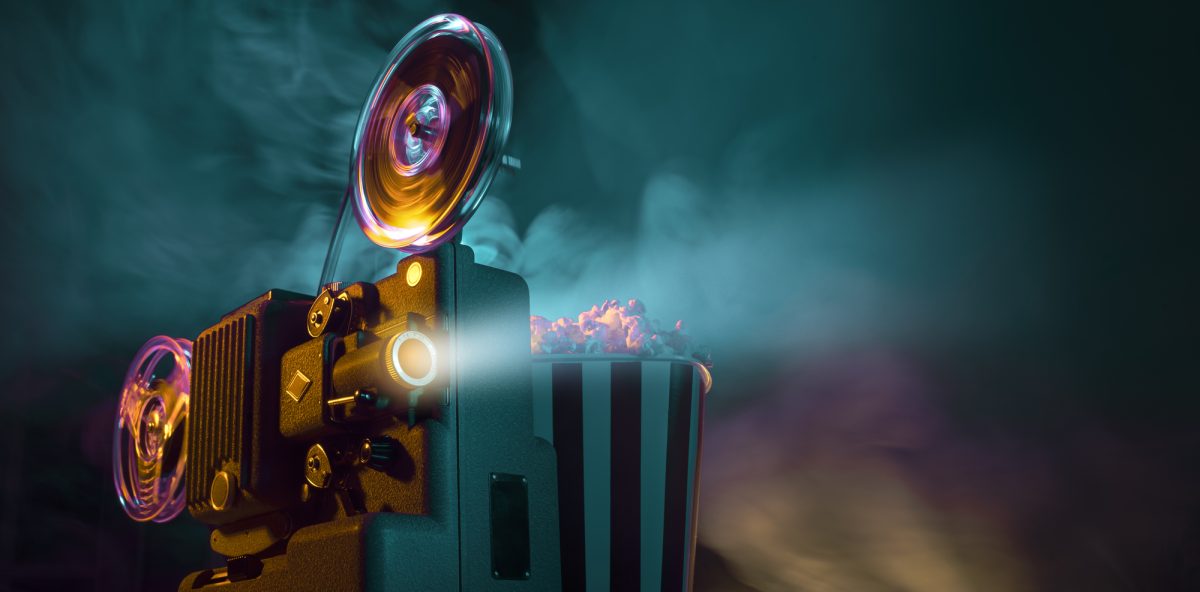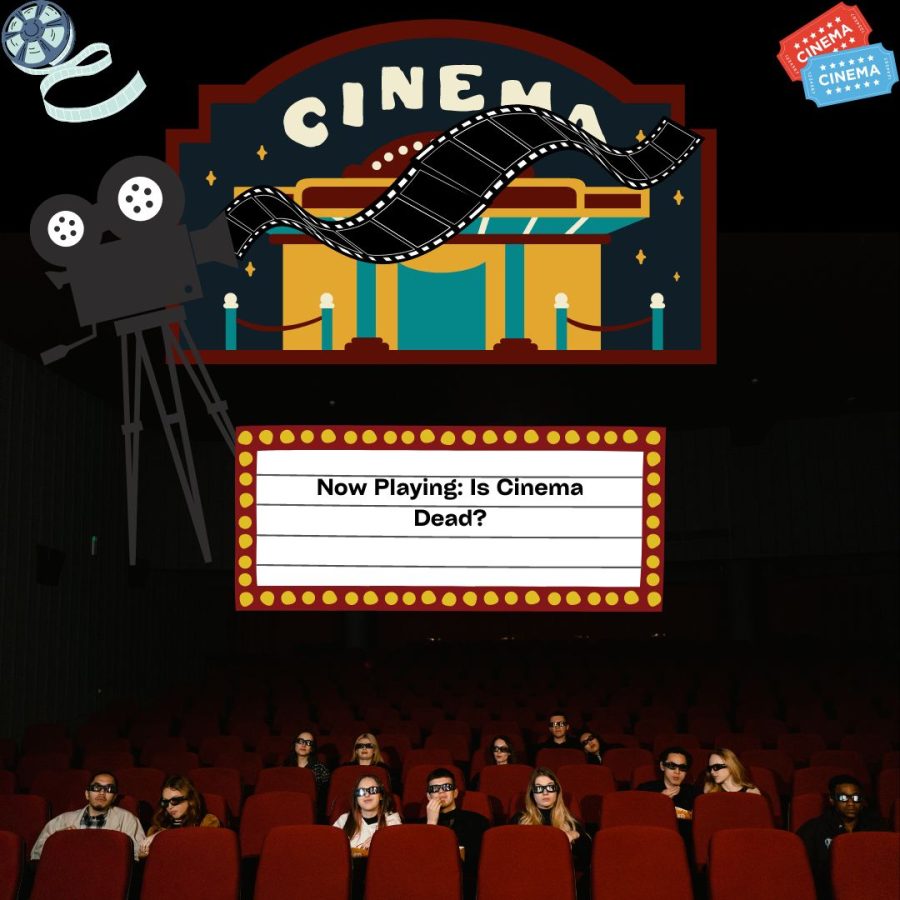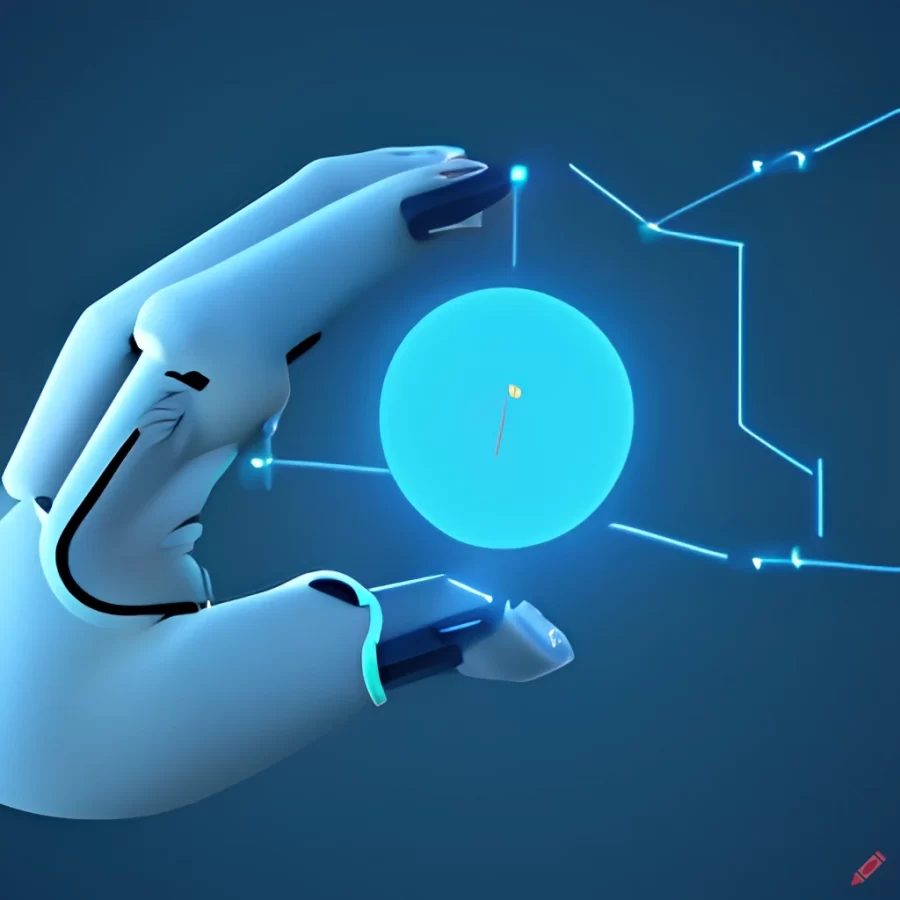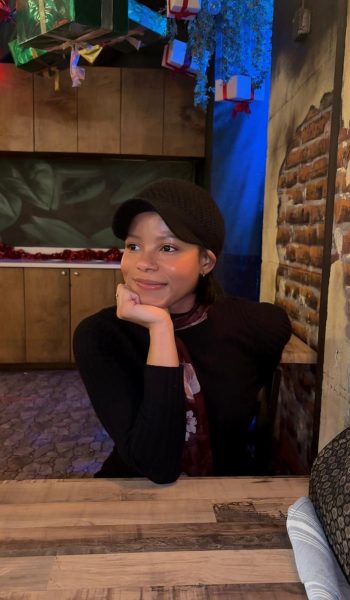Art and activism have long been intertwined, each amplifying the other’s voice in the face of injustice, silence, or resistance. Throughout history, art has served as a semi-nonviolent form of protest — an outlet for expression when words fail or go unheard. Art carries meaning, whether it’s through a painting, a performance, or a digital post. When that meaning is rooted in justice, awareness, or resistance, it becomes more than just art — it becomes artivism.
On April 21, 2025, Howard Community College Hosted “The Art of Artivism” event for Dragon Mondays, in collaboration with the Howard County Office of Human Rights and Equity (OHRE). The event featured speaker Petra Guiland, Community Outreach Specialist for OHRE, who led an engaging presentation on the powerful role of art in modern-day activism. Guiland discussed artivism, the intersection of art and activism — a combination that drives social change and cultural transition. She highlighted how this form of creative protest spans across various mediums and approaches such as visual art, performing art, and community-based art, including art-centered workshops and community gardens.
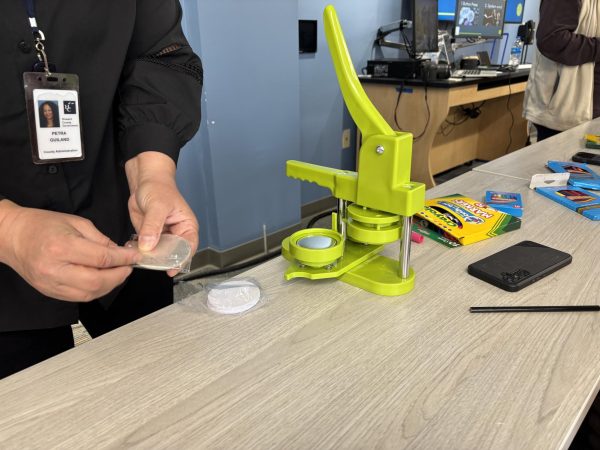
Performance artivism has also surfaced in recent headlines, such as the Army Choir’s viral rendition of “Do You Hear the People Sing?” during the 2025 White House Governors Ball — a striking moment that resonated widely with themes of resistance. To sing a revolutionary anthem about rising up against oppression in a room full of political elites during such a charged moment in history was more than a performance. It was bold and impossible to ignore.

She also discussed how literature has historically fueled activism, pointing to George Orwell’s “1984” — the origin of the now-famous term ‘Big Brother’ — and “The Bell Jar” by Sylvia Plath, a novel that critiques societal expectations placed on women and explores mental illness, as an example of how written art can shape societal analysis. Additionally, Guiland touched on the spontaneous (or partial) shredding of Banksy’s “Girl with Balloon,” a headline-making stunt that took place during a 2018 Sotheby’s auction. Moments after the piece was sold for over a million dollars, it began to self-destruct through a hidden shredder embedded in the frame. The act was widely interpreted as a critique of the commercialization and commodification of art, challenging the idea that the rebellion itself can be bought and sold.
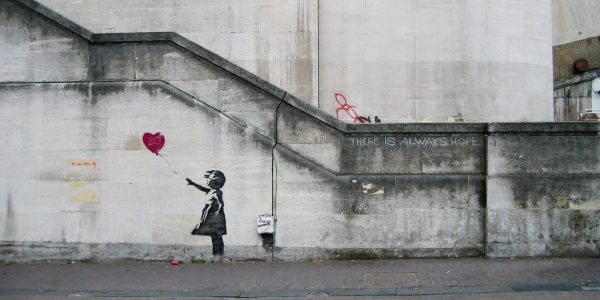
The event also included interactive stations, where participants explored other forms of artivism, such as spoken word poetry and button-making, reinforcing the idea that activism can be both deeply personal and creatively inclusive. Spoken word, rooted in oral tradition and resistance, transforms lived experiences into lyrical protest — giving voice to emotions through emotionally charged words. Button-making, which gained popularity during the civil rights and feminist movements, has long served as a portable protest, small but bold, and powerful enough to spark conversation.

This workshop emphasized that art is not just decoration or entertainment — it is a powerful tool. It sparks and fosters connection and expression. And when wielded with purpose, it becomes a vessel for justice, storytelling, and transformation. The Howard County Office of Human Rights and Equity is an organization committed to eradicating discrimination, increasing equal opportunity, and promoting human rights in the county. They are actively involved in the community through educational events, workshops, and teach-ins, and are dedicated to advancing diversity, equity, inclusion, and accessibility (DEIA) for all residents.
To learn more or get involved, visit https://www.howardcountymd.gov/OHRE


